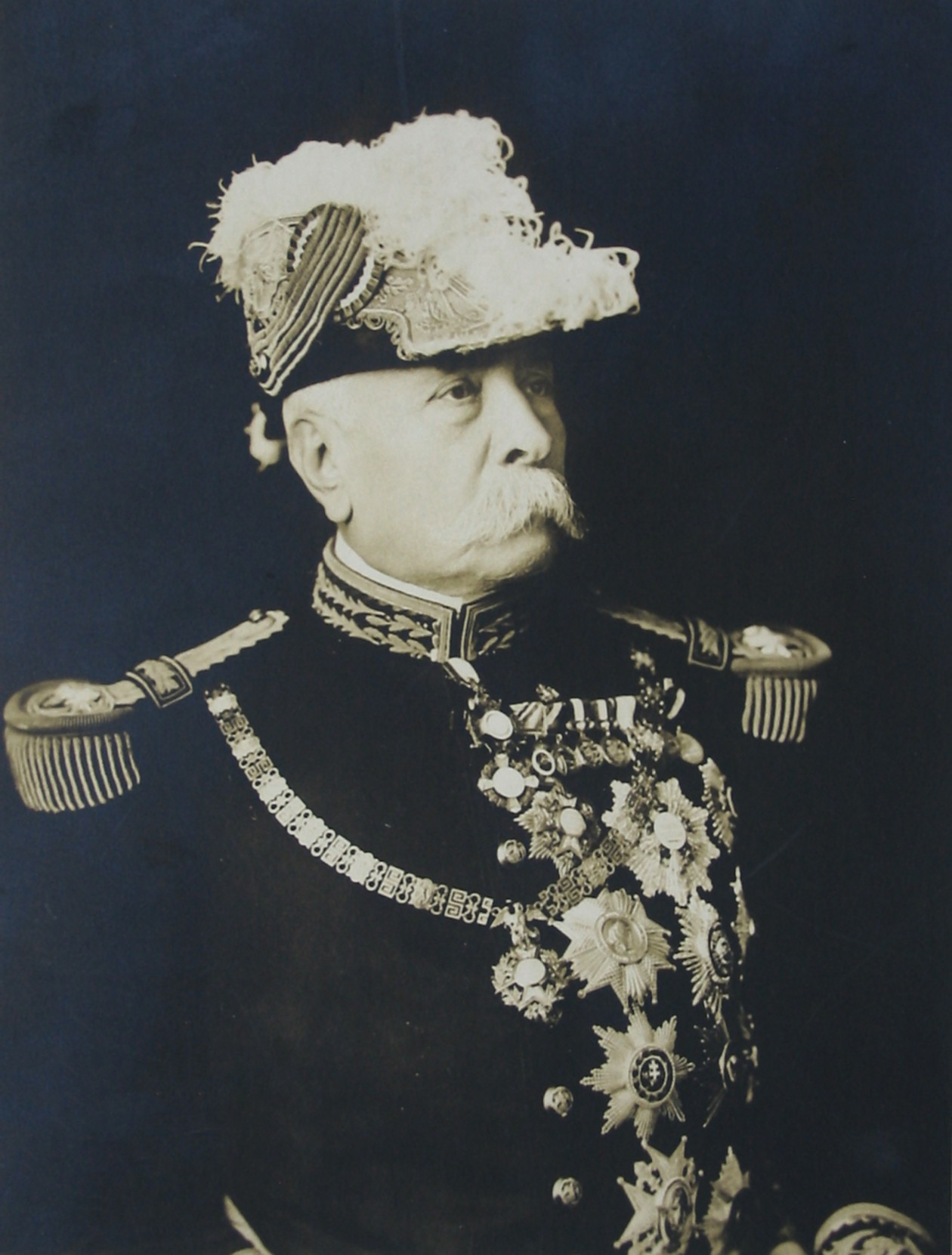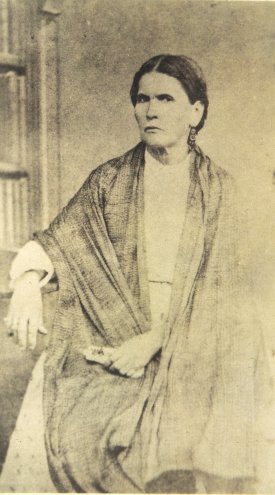|
Racism In Mexico
Racism in Mexico (Spanish: ''Racismo en México'') refers to the social phenomenon in which behaviors of discrimination, prejudice, and any form of antagonism are directed against people in that country due to their race, ethnicity, skin color, language, or physical complexion. It may also refer to the treatment and sense of superiority of one race over another. Racism in Mexico has a long history. It is understood to be inherited from the caste system of the colonial period. However, this was not a rigid system, nor explicitly about race. In general today, people who are darker-skinned, including Black and Indigenous Mexicans, make up nearly all of the peasantry and working classes, while lighter-skinned Mexicans – many being criollo, directly of Spanish descent – are in the ruling elite. "According to INEGI, skin color continues to be a factor in social stratification... with lighter skin color, here aremore opportunities to have better paid jobs and better managerial pos ... [...More Info...] [...Related Items...] OR: [Wikipedia] [Google] [Baidu] |
Casta
() is a term which means "Lineage (anthropology), lineage" in Spanish and Portuguese and has historically been used as a racial and social identifier. In the context of the Spanish America, Spanish Empire in the Americas, the term also refers to a theoretical framework which postulates that colonial society operated under a hierarchical race-based "caste system". From the outset, colonial Spanish America resulted in widespread intermarriage: Miscegenation, unions of Spaniards (), Indigenous peoples of the Americas, indigenous people (), and List of ethnic groups of Africa, Africans (). Basic Multiracial people, mixed-race categories that appeared in official colonial documentation were , generally offspring of a Spaniard and an Indigenous person; and , offspring of a Spaniard and an African. A plethora of terms were used for people with mixed Spanish, Indigenous, and African ancestry in 18th-century casta paintings, but they are not known to have been widely used officially or ... [...More Info...] [...Related Items...] OR: [Wikipedia] [Google] [Baidu] |
Mexican Revolution
The Mexican Revolution () was an extended sequence of armed regional conflicts in Mexico from 20 November 1910 to 1 December 1920. It has been called "the defining event of modern Mexican history". It saw the destruction of the Federal Army, its replacement by a Liberation Army of the South, revolutionary army, and the transformation of Mexican culture and Federal government of Mexico, government. The northern Constitutionalists in the Mexican Revolution, Constitutionalist faction prevailed on the battlefield and drafted the present-day Constitution of Mexico, which aimed to create a strong central government. Revolutionary generals held power from 1920 to 1940. The revolutionary conflict was primarily a civil war, but foreign powers, having important economic and strategic interests in Mexico, figured in the outcome of Mexico's power struggles; United States involvement in the Mexican Revolution, the U.S. involvement was particularly high. The conflict led to the deaths of around ... [...More Info...] [...Related Items...] OR: [Wikipedia] [Google] [Baidu] |
Battle Of Mazocoba
The Battle of Mazocoba, or the Mazocoba massacre, was a major engagement of the Yaqui Wars that was fought in Sonora, Mexico. On January 18, 1900, a Mexican Army expedition encountered hundreds of Yaqui renegades about twenty miles east of Guaymas. During the battle that followed, several hundred people were killed or wounded and over 1,000 Yaquis were taken prisoner. Battle By the turn of the 19th century, the Yaqui people and the Mexicans had been fighting each other for years though there were occasional periods of peace. In 1897, the Mexican Army officer General Lorenzo Torres opened up negotiations with the Yaqui Chief Tetabiate, or Juan Maldonado, who led a band of several hundred people. In May 1897 they signed a peace treaty at Ortiz which, among other things, called for the Yaqui to abandon their traditional lifestyle and become individual land owners. Tetabiate and about four hundred of his people surrendered but shortly thereafter they returned to the Sierra del Bacatet ... [...More Info...] [...Related Items...] OR: [Wikipedia] [Google] [Baidu] |
Sonora
Sonora (), officially Estado Libre y Soberano de Sonora (), is one of the 31 states which, along with Mexico City, comprise the Administrative divisions of Mexico, Federal Entities of Mexico. The state is divided into Municipalities of Sonora, 72 municipalities; the capital (and largest) city of which is Hermosillo, located in the center of the state. Other large cities include Ciudad Obregón, Nogales, Sonora, Nogales (on the Mexico–United States border, Mexico-United States border), San Luis Río Colorado, and Navojoa. Sonora is bordered by the states of Chihuahua (state), Chihuahua to the east, Baja California to the west (of the north portion) and Sinaloa to the southeast. To the north, it shares a border with the United States, and on the southwest has a significant share of the coastline of the Gulf of California. Sonora's natural geography is divided into three parts: the Sierra Madre Occidental in the east of the state; plains and rolling hills in the center; and the co ... [...More Info...] [...Related Items...] OR: [Wikipedia] [Google] [Baidu] |
Yaqui
The Yaqui, Hiaki, or Yoeme, are an Indigenous people of Mexico and Native Americans in the United States, Native American tribe, who speak the Yaqui language, a Uto-Aztecan language. Their primary homelands are in Río Yaqui valley in the northwestern Mexican state of Sonora. Today, there are eight Yaqui Pueblos in Sonora. Some Yaqui fled state violence to settle in Arizona. They formed the Pascua Yaqui Tribe of Arizona, based in Tucson, Arizona, which is the only federally recognized Yaqui tribe in the United States. Many Yaqui in Mexico live on reserved land in the state of Sonora. Others live in Sinaloa and other regions, forming neighborhoods in various cities. Individual Yaqui and people of Yaqui descent live elsewhere in Mexico and the United States. Language The Yaqui language, or Yoem Noki, belongs to the Uto-Aztecan language family. Yaqui speak a Cahitan language, a group of about 10 mutually intelligible languages formerly spoken in much of the states of Sono ... [...More Info...] [...Related Items...] OR: [Wikipedia] [Google] [Baidu] |
Yucatán
Yucatán, officially the Free and Sovereign State of Yucatán, is one of the 31 states which, along with Mexico City, constitute the 32 federal entities of Mexico. It comprises 106 separate municipalities, and its capital city is Mérida. Located on the northern part of the Yucatán Peninsula, it is bordered by the states of Campeche to the southwest and Quintana Roo to the southeast, with the Gulf of Mexico off its northern coast. Before the arrival of Spaniards, the peninsula was a very important region for the Maya civilization that reached the peak of its development here, where the Maya founded the cities of Chichen Itza, Izamal, Motul, Mayapan, Ek' Balam, and Ichkanzihóo (also called T'ho), now Mérida. After the Spanish conquest of Yucatán (early 16th to late 17th centuries), the Yucatán Peninsula became a single administrative and political entity, the Captaincy General of Yucatán. Following Mexican independence in 1821 the local Governor proclaimed indepe ... [...More Info...] [...Related Items...] OR: [Wikipedia] [Google] [Baidu] |
Maya Peoples
Maya () are an ethnolinguistic group of Indigenous peoples of the Americas, Indigenous peoples of Mesoamerica. The ancient Maya civilization was formed by members of this group, and today's Maya are generally descended from people who lived within that historical region. Today they inhabit southern Mexico, Guatemala, Belize, and westernmost El Salvador, Honduras, and the northernmost Nicaragua. "Maya" is a modern collective term for the peoples of the region; however, the term was not historically used by the Indigenous populations themselves. There was no common sense of identity or political unity among the distinct populations, societies and ethnic groups because they each had their own particular traditions, cultures and historical identity. It is estimated that seven million Maya were living in this area at the start of the 21st century. Guatemala, southern Mexico and the Yucatán Peninsula, Belize, El Salvador, western Honduras, and northern Nicaragua have managed to ma ... [...More Info...] [...Related Items...] OR: [Wikipedia] [Google] [Baidu] |
Caste War Of Yucatán
The Caste War of Yucatán or ''ba'atabil kichkelem Yúum'' (1847–1915) began with the revolt of Indigenous peoples of Mexico, indigenous Maya peoples, Maya people of the Yucatán Peninsula against Hispanic populations, called ''Yucatecos''. The latter had held political and economic control of the region after the Spanish colonization of Yucatán and the submission of the Maya people in the late 16th century. It was one of the most successful modern Native American revolts. A lengthy war ensued between the Yucateco forces based in the northwest of the Yucatán and the independent Maya in the southeast. The Caste War took place within the economic and political context of late colonial and post-independence Yucatán. By the end of the eighteenth century, Yucatán's population had expanded considerably, and white and mestizo Mexicans migrated to rural towns. Economic opportunities, primarily in the production of Henequen industry in Yucatán, henequen and sugar cane, attracted in ... [...More Info...] [...Related Items...] OR: [Wikipedia] [Google] [Baidu] |
Hacienda
A ''hacienda'' ( or ; or ) is an estate (or '' finca''), similar to a Roman '' latifundium'', in Spain and the former Spanish Empire. With origins in Andalusia, ''haciendas'' were variously plantations (perhaps including animals or orchards), mines or factories, with many ''haciendas'' combining these activities. The word is derived from Spanish ''hacer'' (to make, from Latin ''facere'') and ''haciendo'' (making), referring to productive business enterprises. The term ''hacienda'' is imprecise, but usually refers to landed estates of significant size, while smaller holdings were termed ''estancias'' or ''ranchos''. All colonial ''haciendas'' were owned almost exclusively by Spaniards and criollos, or rarely by mixed-race individuals. In Argentina, the term ''estancia'' is used for large estates that in Mexico would be termed ''haciendas''. In recent decades, the term has been used in the United States for an architectural style associated with the traditional estate manor ... [...More Info...] [...Related Items...] OR: [Wikipedia] [Google] [Baidu] |
Porfirio Díaz
José de la Cruz Porfirio Díaz Mori (; ; 15 September 1830 – 2 July 1915) was a General (Mexico), Mexican general and politician who was the dictator of Mexico from 1876 until Mexican Revolution, his overthrow in 1911 seizing power in a Plan of Tuxtepec, military coup. He served on three separate occasions as President of Mexico, a total of over 30 years, this period is known as the Porfiriato and has been called a ''de facto'' dictatorship. Díaz’s time in office is the longest of any Mexican ruler. Díaz was born to a Oaxacan family of modest means. He initially studied to become a priest but eventually switched his studies to law, and among his mentors was the future President of Mexico, Benito Juárez. Díaz increasingly became active in Liberal Party (Mexico), Liberal Party politics fighting with the Liberals to overthrow Antonio López de Santa Anna, Santa Anna in the Plan of Ayutla, and also fighting on their side against the Conservative Party (Mexico), Conservative ... [...More Info...] [...Related Items...] OR: [Wikipedia] [Google] [Baidu] |





